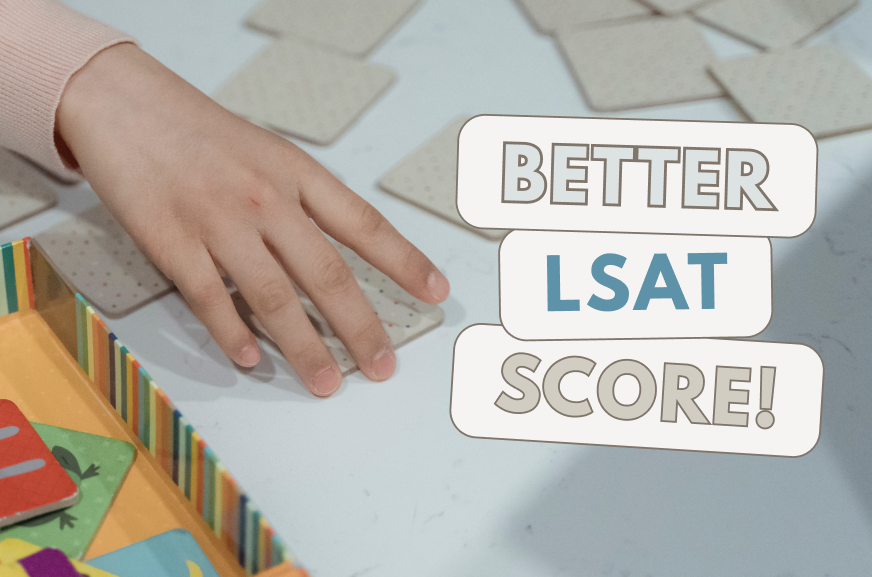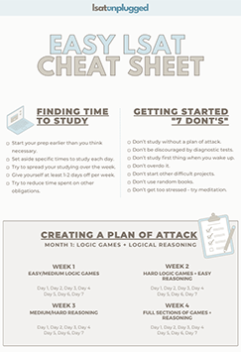New research demonstrates that you might be able to increase your intelligence. Scientists had previously considered this to be impossible.
The evidence (a study from 2008) suggests that by playing a game called “Dual N-Back,” kids were able to improve their nonverbal IQ scores by an average of 10 points.
Basically, the game requires the player to remember an ever-increasing sequence of letters and positions in a matrix:
The deceptively simple game, it turns out, targets the most elemental of cognitive skills: “working” memory. What long-term memory is to crystallized intelligence, working memory is to fluid intelligence. Working memory is more than just the ability to remember a telephone number long enough to dial it; it’s the capacity to manipulate the information you’re holding in your head—to add or subtract those numbers, place them in reverse order or sort them from high to low. Understanding a metaphor or an analogy is equally dependent on working memory; you can’t follow even a simple statement like “See Jane run” if you can’t put together how “see” and “Jane” connect with “run.” Without it, you can’t make sense of anything.
The researchers found that, with practice, children of varying intelligence levels improved their cognitive abilities – even up to three months after they’d stopped playing the game.
(from the NYTimes article, “Can You Make Yourself Smarter?”)
The theory is that IQ (mental strength) is similar to physical strength. Genetics have some impact on one’s abilities, but those abilities can be improved through training.
Should you play this game at the expense of studying actual LSAT materials? No. Should you play it in addition to them? Yes.
One researcher “found improvements in college students preparing to take the LSAT.” Unfortunately, we don’t have additional information about those results, since the relevant study hasn’t been published yet. You can be sure that I’ll be watching closely to see exactly what sort of “improvements” this researcher found. (Note: the article’s context suggests that this researcher studied the effects of LSAT prep on Dual N-Back performance – not Dual N-Back’s effects on LSAT prep.)
In the meantime, though, I have no doubt that this game improves skills that are relevant to the LSAT. It requires holding multiple pieces of information in your head at the same time (letters and positions).
Dual N-Back game tests your “working memory” – your fluid intelligence.
So, do you want to get better at holding several arbitrary pieces of information in your head at the same time? The studies suggest that 15-25 minutes a day, 5 days a week, is enough to derive significant benefit from playing the game.
You can play this version of the Dual N-Back game for free (wiki).
The “Dual” refers to the fact that the game requires you to remember both auditory and visual stimuli at once. The “N” in “N-Back” refers to the number of previous letters/positions you must remember. (The default, or starting point, in the link I provide below is two-back. If you become good enough at remembering 2 back, the game will automatically promote you to the next level, where you must remember 3 back, and so on.)
The game provides a demo (linked in the top-left of the game screen) that shows how to play.
However, because it doesn’t provide a ton of guidance, I’ll explain further:
(I’ve added the numbers that appear within the white box. Those don’t actually appear in the game itself.)
You’ll need sound on your computer to play the game (for the “auditory stimuli”). The game will say a letter aloud and simultaneously flash an orange box on the screen. Its position will correspond to one of the nine numbers I’ve included in the image above.
For example, it might say “Q” and flash a box where the number “7” appears. Then, it’ll say a different letter (perhaps “G”) and simultaneously flash that box in a different area of the screen (perhaps where the number “5” appears).
If you’re at the game’s starting level (2-back), and the 3rd letter it says is “Q,” you should press the “B” key on your keyboard, since that’s the key indicating that the same letter was said 2 back.
If you’re at the game’s starting level (2-back), and the box’s 3rd position is where the number “7” appears, you should press the “A” key on your keyboard, since that’s the key indicating that the box appeared in the same position 2 back.

